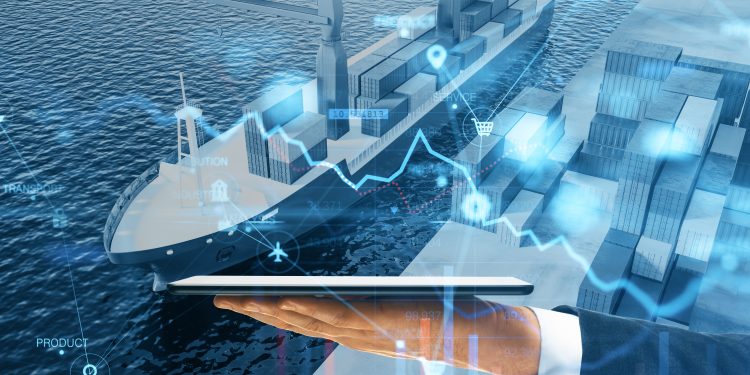Choppy Waters Ahead: Navigating a New Wave of Tariffs

On August 1, a new round of international tariffs went into effect, impacting nearly every foreign trading partner of the United States. These tariffs target advanced technologies such as electric vehicles and lithium batteries—industries where certain foreign manufacturers have historically held a strong position. For manufacturers in the material handling industry, this shift presents both challenges and opportunities. Whether your company is already using lithium battery technology, transitioning into it, or considering it for future applications, the Advanced Energy Council offers insights to help you navigate this evolving landscape.
Setting the Stage
Before diving into the impact of tariffs, it’s important to understand the current state of the lithium battery industry. Over the past decade, some countries have invested heavily in lithium battery cell production and raw material processing, positioning themselves as global leaders. While lithium cells from these regions are generally high quality, this does not always extend to the finished battery products. U.S. manufacturers and customers should consider not just product performance, but also after-sales service, support, and responsiveness—areas where domestic and USMCA-compliant suppliers often have a distinct advantage.
Outside of these dominant producers, other countries contribute to global supply, though they represent a smaller share of the market. The U.S. remains dependent on foreign sources for lithium batteries used in forklifts, EVs, and energy storage systems. To reduce this reliance, the U.S. government has imposed tariffs and encouraged domestic production—a process already underway, but one that will take several years to scale.
Short-Term Strategies: More Than Just Cost
In the short term, manufacturers must navigate a complex landscape. While some foreign lithium batteries may still offer competitive pricing—even with tariffs—cost alone shouldn’t drive decision-making. Here are key considerations:
- Service and Support: U.S.-based and USMCA-compliant suppliers can offer superior service, faster response times, and easier warranty management—critical factors for long-term reliability and customer satisfaction.
- Tariff Impact Varies: Not all manufacturers are affected equally. Some import fully assembled products and face tariffs on the entire MSRP. Others source lithium cells from abroad but assemble the final product in North America, significantly reducing tariff exposure by applying duties only to components.
- Alternative Supply Chains: Companies from countries with lower tariffs are ramping up production. Meanwhile, new facilities are being built in Southeast Asia and North America. These efforts will take time, but they signal a shift toward more diversified and resilient supply chains.
Anchoring for Stability
While tariffs affect nearly every industry, not every company is “in the same boat.” Strategic decisions around sourcing, assembly, and supplier partnerships can dramatically alter a manufacturer’s exposure to tariffs and supply chain risk.
As demand for lithium batteries continues to grow—driven by EV adoption and energy storage needs—now is the time for businesses to evaluate their strategies. Key questions include:
- What cost increases are manageable?
- What can be passed on to customers?
- How do tariffs affect ROI projections in the short and long term?
Time to Set Sail
The companies that will thrive are those that adapt—not just to tariffs, but to the broader shifts in global supply chains. By prioritizing service, exploring compliant sourcing strategies, and planning for long-term resilience, manufacturers can position themselves for success.
Tariffs may be the storm, but strategy is the sail. Is your business ready to navigate the waters ahead?
For more information about the Advanced Energy Council: mhi.org/aec
For further articles from the Advanced Energy Council:
When a Battery Becomes a Razor: Using Lithium-ion Batteries in Peak Shaving Energy Strategies
ICYMI: AEC’s ProMat 2025 Discussion Panel Overview
Second Acts: How Used Lithium-ion Batteries Can Continue Performing in Your Operations
Recalculating: Including Productivity Gains in Total Cost of Ownership
Charging Forward: What’s Next in Advanced Energy
What Is a Battery Passport? A Ticket to Lithium-ion Battery Transparency
ROI of Energy Sources: Automation



